How to get rid of woodlice in the beds, active control and preventive measures

Weed control in the garden is a troublesome task. There are especially many problems with woodlice - an extremely viable grass that can quickly turn an area into a continuous curly carpet.
Therefore, it is very important for gardeners and gardeners to figure out how to get rid of woodlice in the beds, whether it is possible to make sure that this weed does not grow on the site at all.
Content:
- Chickweed plant, its features
- Why you need to get rid of woodlice
- How to get rid of woodlice in the beds, what to do to prevent it from growing
- How to weed woodlice so it doesn't grow back
- Soil deoxidation
- Is baking soda effective against woodlice?
- How to get rid of woodlice in strawberries and potato fields
- Preventing the appearance of woodlice on the site
Chickweed plant, its features
In addition to its popular name, woodlice is also called medium chickweed. The weed got its name from its small white star-shaped flowers. The leaves of the flower have a round shape, pointed towards the end.
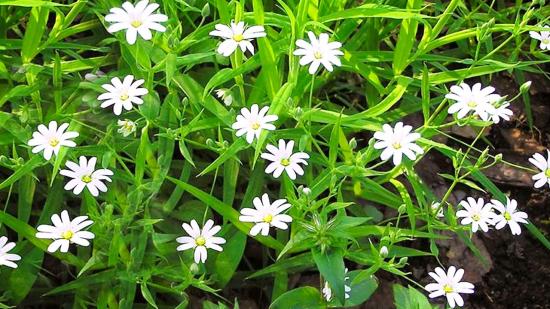
The climbing stem of chickweed spreads along the ground, covering large areas.
The culture is developing very actively, and therefore most gardeners are very concerned about the issue of getting rid of woodlice in the beds once and for all.
Chickweed average “loves” shady areas with high humidity. However, thanks to its unpretentiousness, it feels good in other conditions.It's very viable weed capable of actively developing in almost any weather conditions.
The first growth of chickweed appears after the snow melts, and this grass dies only after the first frost.
Chickweed can produce up to 15,000 seeds in one life cycle.
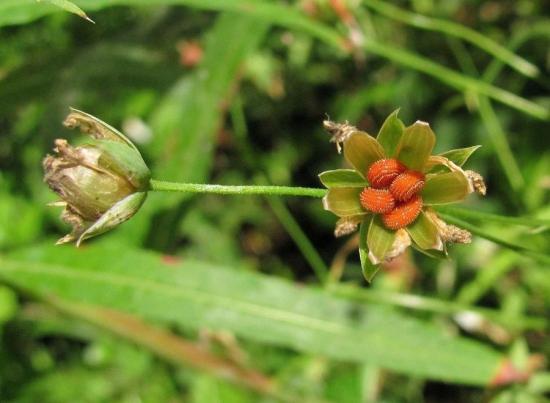
However, most of them germinate successfully when placed on suitable soil. Chickweed can also reproduce vegetatively. Small pieces and plucked stems of this herb take root easily and continue to develop into full-fledged plants.
Let's watch a video about what woodlice is:
Why you need to get rid of woodlice
The stems of chickweed contain a large amount of vitamin C. It is used to prepare various medicinal tinctures. Despite these properties, it is an unwelcome guest in the garden.
Due to the fact that it grows strongly and tightly covers the ground, garden crops do not receive the necessary sunlight.
The garden soil does not warm up properly, and this promotes the proliferation of various pathogenic bacteria and parasites that prefer a damp environment without air circulation. In large numbers, these microorganisms can cause significant damage to the future harvest.
A small amount of woodlice can be left in a flower bed away from the garden.
Star-shaped flowers near the house will help predict the approach of rain quite accurately. If the little white stars have not opened in the morning, you can expect precipitation over the next 24 hours.
How to get rid of woodlice in the beds, what to do to prevent it from growing
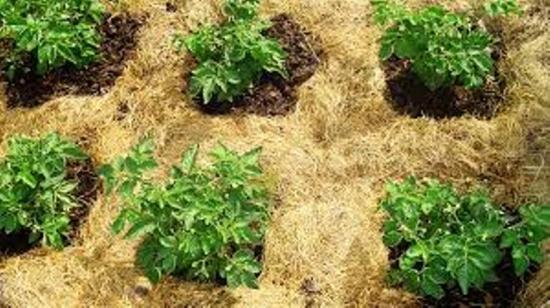
All methods of weed control can be divided into 2 groups.
| Mechanical | The fight involves weeding, loosening, mulching, deoxidation and other manipulations with the soil. |
| Chemical | To destroy weeds, special compounds are used that can be purchased at garden stores. These include the drugs “Hurricane”, “Tornado”, etc. For the spraying procedure, you should choose a quiet, windless day, and be sure to use special clothing. If there are garden crops on the site, spot treatment of weeds is carried out. |
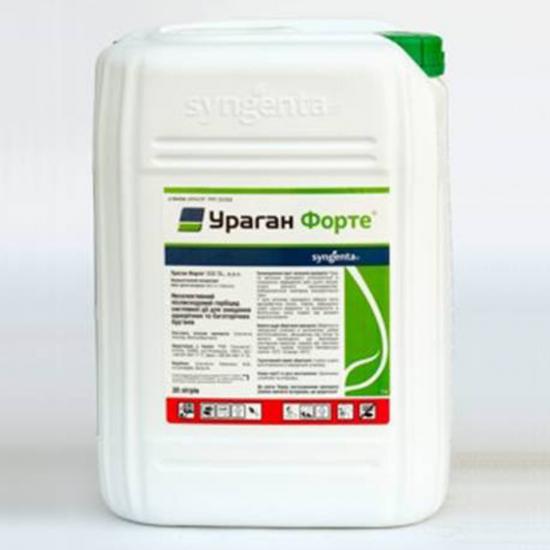
Each of these methods has its pros and cons, but in any case, to achieve the desired effect, the fight must be carried out persistently and purposefully.
How to weed woodlice so it doesn't grow back
The most primitive and most labor-intensive, but nevertheless quite good way to combat chickweed is weeding.

It will be most effective if you follow the following recommendations:
- You need to weed the grass before the seeds ripen;
- with active struggle, the procedure should be fairly regular - at least once a week;
- Weeded grass should not be left in the garden. Even small fragments of this plant take root easily, and labor may be in vain. Weeds need to be collected and thrown away from the beds. An exception can be made if the summer is dry. In the hot sun, weeded woodlice dies quite quickly;
- When weeding, you need to deeply loosen the soil. Seeds sprout if they are located at a distance of no more than 1 cm from the surface. By burying them deeper, you can prevent them from sprouting;
- After weeding, the soil is covered with black cellophane. The dark color attracts the sun's rays, as a result of which the seeds and stems of the plant remaining on the soil die from drying out.
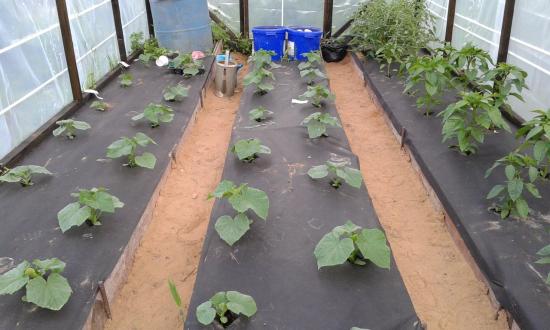
Despite the labor-intensive nature of the method, it continues to be considered the most useful and environmentally friendly. During the weeding process, the moisture conductivity and air saturation of the soil improve, and the quality of the fertile layer increases.
In addition, there is no factor of the aggressive influence of herbicides, which, in addition to woodlice, simultaneously destroy a number of bacteria useful for the growth of garden crops.
Soil deoxidation
A favorable environment for woodlice growth is acidic soil. That is why gardeners take measures to deoxidize the soil. The procedure is carried out in spring or autumn. Slaked lime, chalk, ash, old plaster, and bone meal are most often used as a deoxidizing agent. To deoxidize the soil, the selected product is poured into the soil during spring or autumn digging.
Slaked lime is the most effective means for correcting the acid balance. It should be used strictly following the attached instructions. Excessive enthusiasm for this product results in a decrease in the absorption of potassium and phosphorus fertilizers by garden crops.
Slaked lime should be used to alkalize the area once every few years.
Chalk and ash are less aggressive means. You can use them more often. However, many gardeners note that on some soils ash is completely ineffective.
Is baking soda effective?
Baking soda is a natural alkali that can also be used to control woodlice. To kill a weed, you need to water it with a small amount of an aqueous soda solution.
However, the method is not suitable if garden crops grow nearby. The distance between the woodlice root and vegetable tubers should be at least 30 cm.
How to get rid of woodlice in strawberries and potato fields
To get rid of chickweed in strawberries and potato fields, you need to thoroughly weed the infected area and cover the ground between the bushes with black cellophane.

For greater effect, you can pour a 1-2 cm layer of earth on top. After some time, the covering is removed and the effectiveness of the event is checked. If necessary, this procedure is repeated.
Preventing the appearance of woodlice on the site
Solving any problem will be much easier if you take preventive measures.
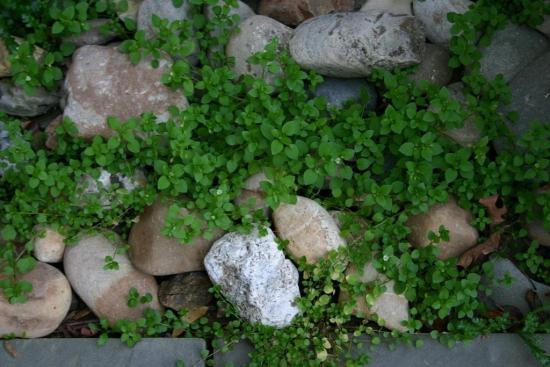
To create unfavorable conditions for woodlice growth, experienced gardeners recommend the following measures:
- alternating crops grown in the same bed;
- mulching the soil with hay or fresh grass;
- After early harvesting, the area can be sown with rye or barley. The proximity of these cereals allows you to “strangle” woodlice growths. In late autumn, the beds with cereals are dug up;
- loosening the soil - the procedure is carried out in early spring, when the weed seeds are in a half-dormant phase.
Fresh manure should not be used intensively as fertilizer. It is with this that viable woodlice seeds can enter the garden.
Prevention should be actively combined with other measures to combat this weed.
Continuous, purposeful fight against woodlice will sooner or later bear fruit. However, even after the final elimination, one should not relax and suspend preventive measures.
Constant care of the area will allow you to quickly identify the parasitic plant and get rid of unwanted growth at an early stage
We invite you to watch an interesting video about the beneficial properties of plants:

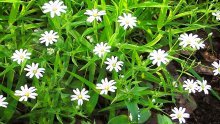
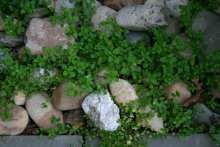
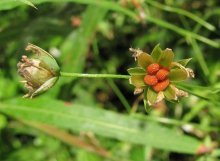




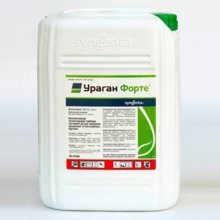

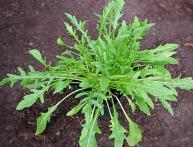
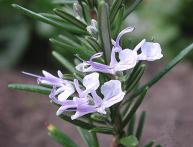
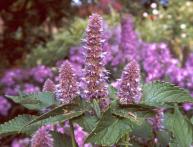
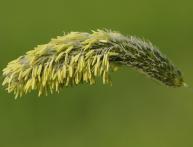

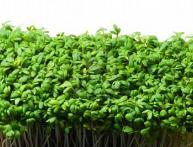
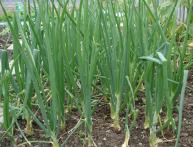
Comments
A very effective method of combating woodlice is to mulch the beds with thick, black, polyethylene film. The woodlice will definitely not be able to grow under it, and neither will other weeds.
I will need to try the option with plastic film, but I don’t like chemical weed control agents; anyway, these substances will end up in the crop one way or another. I can cope with woodlice quite well with regular weeding.
We always got rid of woodlice and other evil spirits only by physical labor and weeding. And it grows well under the sun and in greenhouses. At the same time, it mostly only happens in greenhouses. Can the polyethylene method be used with all vegetables?
I prefer the most labor-intensive method, without the use of chemicals. I weed the beds and immediately remove the grass from the beds so that it does not take root. The next day I repeat the weeding, or pull out the remaining grass by hand.